- Country
- Travel Package
- Blogs
- Contact Us
-
- Dashboard
- Booked List
- Wishlist
- Login

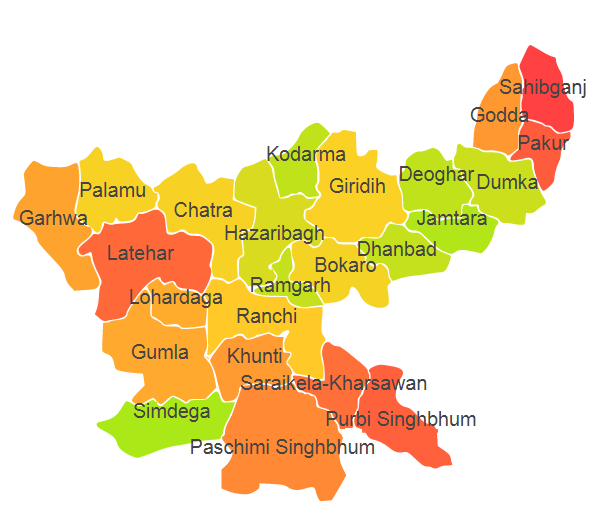
Geography and Natural Beauty
Jharkhand is endowed with stunning landscapes, featuring hills, forests, and rivers. The state is part of the Chotanagpur Plateau, characterized by its rolling hills and dense forests. Major rivers like the Ganges, Damodar, and Subarnarekha flow through the region, providing not only scenic beauty but also vital resources for agriculture and industry.
The state is home to several national parks and wildlife sanctuaries, including Betla National Park and Hazaribagh National Park, which offer a glimpse into the diverse flora and fauna of the region. Adventure enthusiasts can indulge in activities like trekking, rock climbing, and wildlife safaris.
Jharkhand boasts a rich tapestry of cultures and traditions. The state is home to various tribal communities, each with its unique customs, festivals, and art forms. Festivals like Sohrai, Jitri, and Karma are celebrated with great enthusiasm, showcasing vibrant dance forms, music, and traditional crafts.
The traditional art of Jharkhand includes intricate tribal paintings, bamboo crafts, and metalwork. The state's handicrafts, especially from regions like Dhanbad and Hazaribagh, are highly valued for their quality and craftsmanship.
Jharkhand is rich in mineral resources, making it one of the most important industrial states in India. It is a leading producer of coal, iron ore, copper, and mica. The presence of various industries, including steel and power plants, has contributed significantly to the state’s economy.
Agriculture is also a vital part of Jharkhand's economy, with rice, wheat, and pulses being the primary crops. The state government is making efforts to promote organic farming and sustainable agricultural practices.
With its natural beauty and cultural richness, Jharkhand has immense tourism potential. Some must-visit places include:
Ranchi: The capital city, known for its waterfalls, parks, and the famous Jagannath Temple.
Netarhat: Often called the "Queen of Chotanagpur," it offers breathtaking views and is ideal for sunrise and sunset watching.
Deoghar: Famous for the Baidyanath Temple, one of the twelve Jyotirlingas in India, attracting thousands of pilgrims annually.
Dhanbad: Known for its coal mines and the stunning Maithon Dam, perfect for a weekend getaway.
Despite its potential, Jharkhand faces several challenges, including poverty, unemployment, and infrastructure development. However, the state government is focused on improving education, healthcare, and transportation facilities to enhance the quality of life for its residents.
The growing emphasis on tourism and sustainable development presents opportunities for local entrepreneurs and businesses, fostering economic growth while preserving the environment.
Jharkhand is a state of contrasts, where natural beauty meets cultural richness. As it continues to evolve, it holds the promise of becoming a significant player in India's growth story. Whether you're an adventure seeker, a culture enthusiast, or someone looking to explore off-the-beaten-path destinations, Jharkhand has something to offer everyone. Embrace the warmth of its people and the beauty of its landscapes—Jharkhand awaits your discovery!
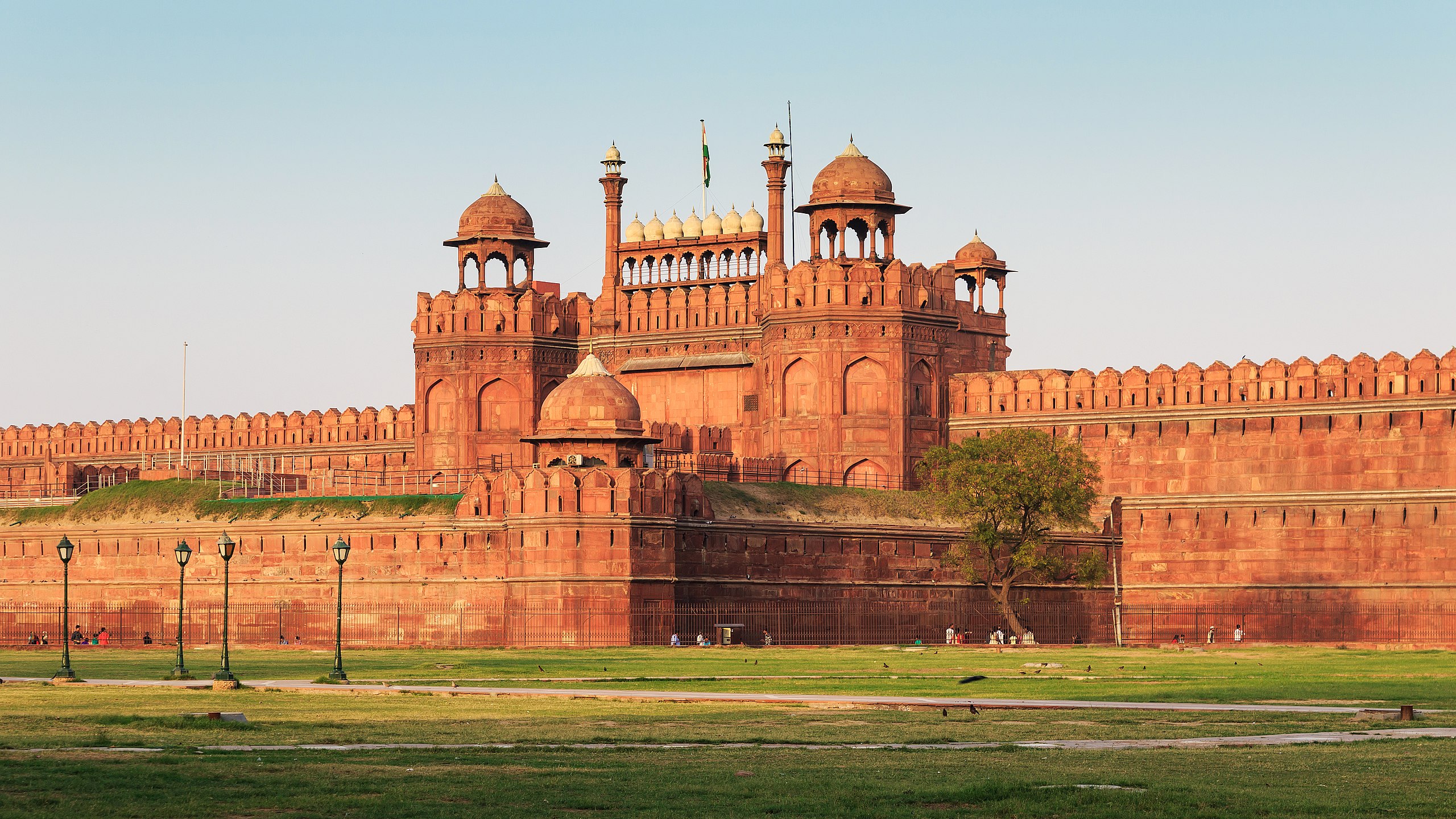
The Red Fort, or Lal Qila, is located in the city of Delhi, India. It was constructed by the Mughal Emperor Shah Jahan in the 17th century and served as the main residence of the Mughal emperors. The fort's architecture is characterized by its impressive red sandstone walls and intricate design.
Read More ...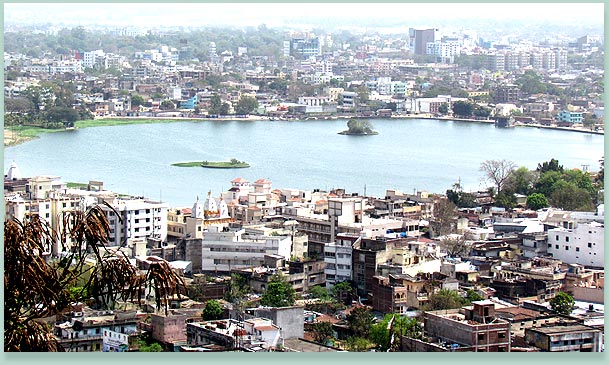
Ranchi, the capital city of Jharkhand, is a vibrant blend of natural beauty, rich culture, and historical significance. Nestled in the heart of India, it is often referred to as the "City of Waterfalls" due to its stunning landscapes and numerous waterfalls. Here’s a closer look at what makes Ranchi a unique destination.
Read More ...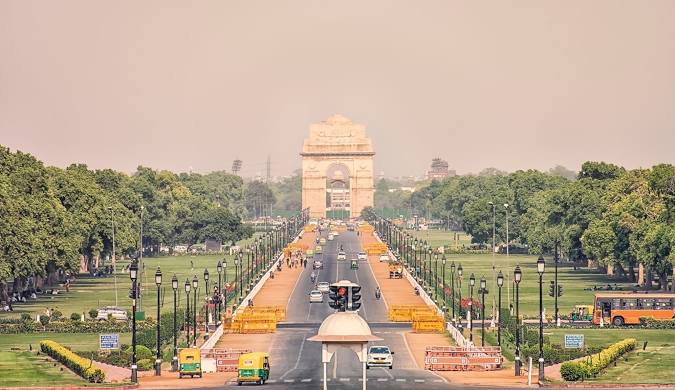
Delhi, the capital of India, is a major city and an important center for Indian history, culture, and politics. The city is known for its rich heritage, diverse architecture, and vibrant atmosphere.
Read More ...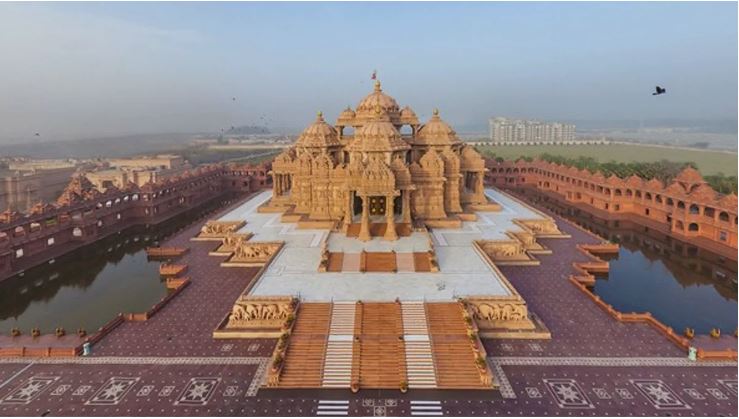
The Akshardham Mandir in Delhi, also known as the Akshardham Temple or Swaminarayan Akshardham, is a grand Hindu temple complex spread over 100 acres on the banks of the Yamuna River in New Delhi, India.
Read More ...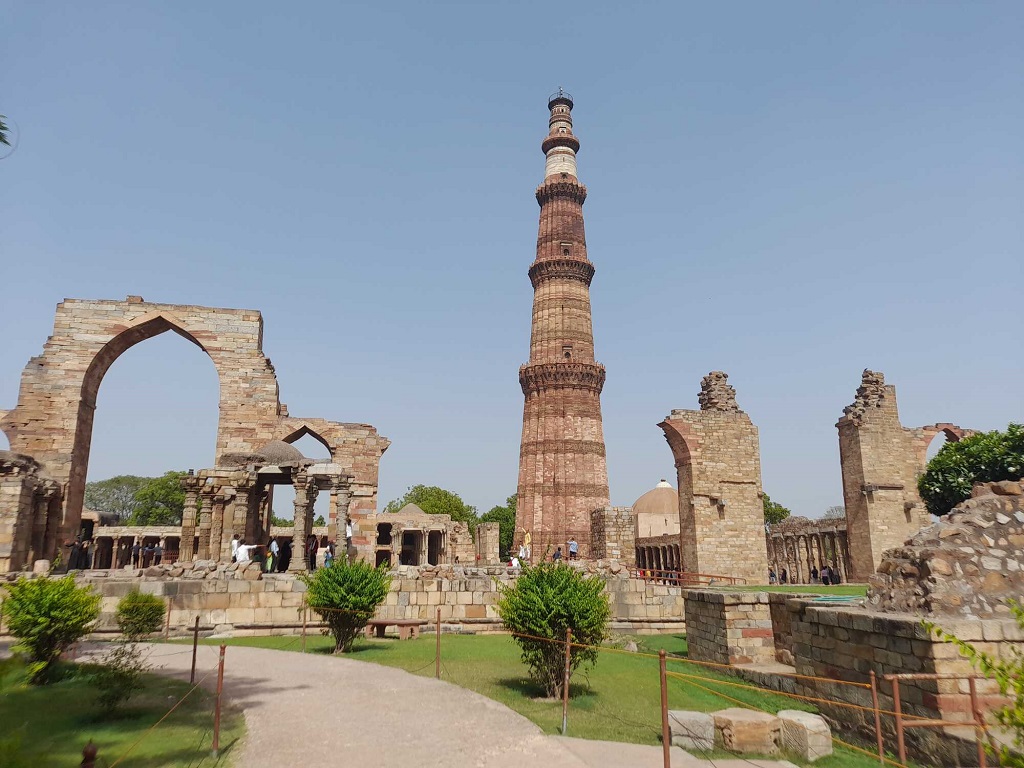
The Qutub Minar is a soaring tower located in Delhi, India. It is the tallest minaret in the world and a UNESCO World Heritage Site. Built in the 12th century by Qutub-ud-din Aibak, the first Muslim ruler of Delhi, the minaret stands as a testament to the architectural prowess of the early Islamic era in India.
Read More ...To find the best hotels and tourist attractions tailored to your travel preferences, please select a country from the list below. Whether you're dreaming of a beach getaway, a cultural adventure, or a city escape, we’re here to help you discover the perfect destination!
Once you make your selection, we’ll provide you with a curated list of top-rated hotels and must-visit tourist spots in your chosen country. Happy travels!